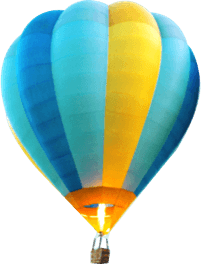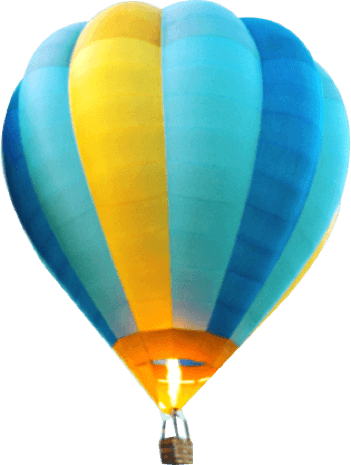Concept Web Design and Development
Creating a custom web design is possible only after understanding the concept of your business. Web Design and concept development determine the look and feel of the website. Web Design and development involves front-end development and back-end development.
Front-End Development
Front-end Development involves web design concepts that the user can see online in the browser. The visual appeal of the website design involves colors, layout, font and images used on the web page. The company’s brand offerings attractively projected form part of the front-end development. Creating a concept website design which is interactive with a user-experience design (UX/UI), like a Call to action (CTA), contact forms, and navigation menus makes it possible for the end user to engage with your website. This is usually done through coding languages like HTML, CSS and Javascript.
Back-End Development
The development that takes place on the server and cannot be seen by the user deals with back-end development. All the valuable information that comes through the website is stored in the back end. The database of information improves the functionality of a website.
let’s build something awesome with us.

4.9
customer reviews


Bring your website to life with concept web designs that provide customized features aligning with your business objectives. Concept web designs should cover all the integral aspects of the website, including functionality and appearance. The concept of your website should be planned to keep in mind your customer’s user experience design.

If you want your website to drive increased visitors and bring in increased conversions for your business, get in touch with Webotix. Our professional team will boost your site to the next level! Call us Now!
Website Layout
The visual layout of the website is an integral part of the website concept. For your website to provide the best interactive experience, you should strategically arrange the website’s header, navigation menu, footer, content, and graphics. By mixing fluid and adaptive layouts, you can create a responsive layout concept for your website.
Visual Hierarchy
To create the best user experience (UX/UI), it is necessary to lay out all the information in an aesthetically structured manner. When the visitor visits the website, the visual hierarchy should be able to provide all the necessary information in just a glance. With the clever use of color, size and spacing, one can provide an engaging visual hierarchy for the visitor.
Navigation
Easy navigation is vital when it comes to creating engaging user experience designs on a website. Your visitors will be happy with easy navigation and will come back for more information. Simple navigation makes it easy for customers to find all the information and can retain visitors to your site.
Colour
Interesting color palettes that identify with your brand identity define the personality of your website. Your brand colors on the website can evoke an emotional connection with your consumers. An appealing color combination can increase customer engagement and bring in leads.
Graphics
A spellbinding graphics display can make your site more interactive and engaging. Visually captivating graphic elements can direct the focus on the main content of your website. By strategically placing logos, icons, images and videos, you can boost the visual appeal and brand identity of your website.
Load Time
Your website should have a faster loading speed for your website to have better engagement with consumers. If your website takes too long to load, your visitor will leave your site. Always ensure that your website loads in less than 2 seconds by optimizing image sizes.
Any concerns?
Technologies we follow





























